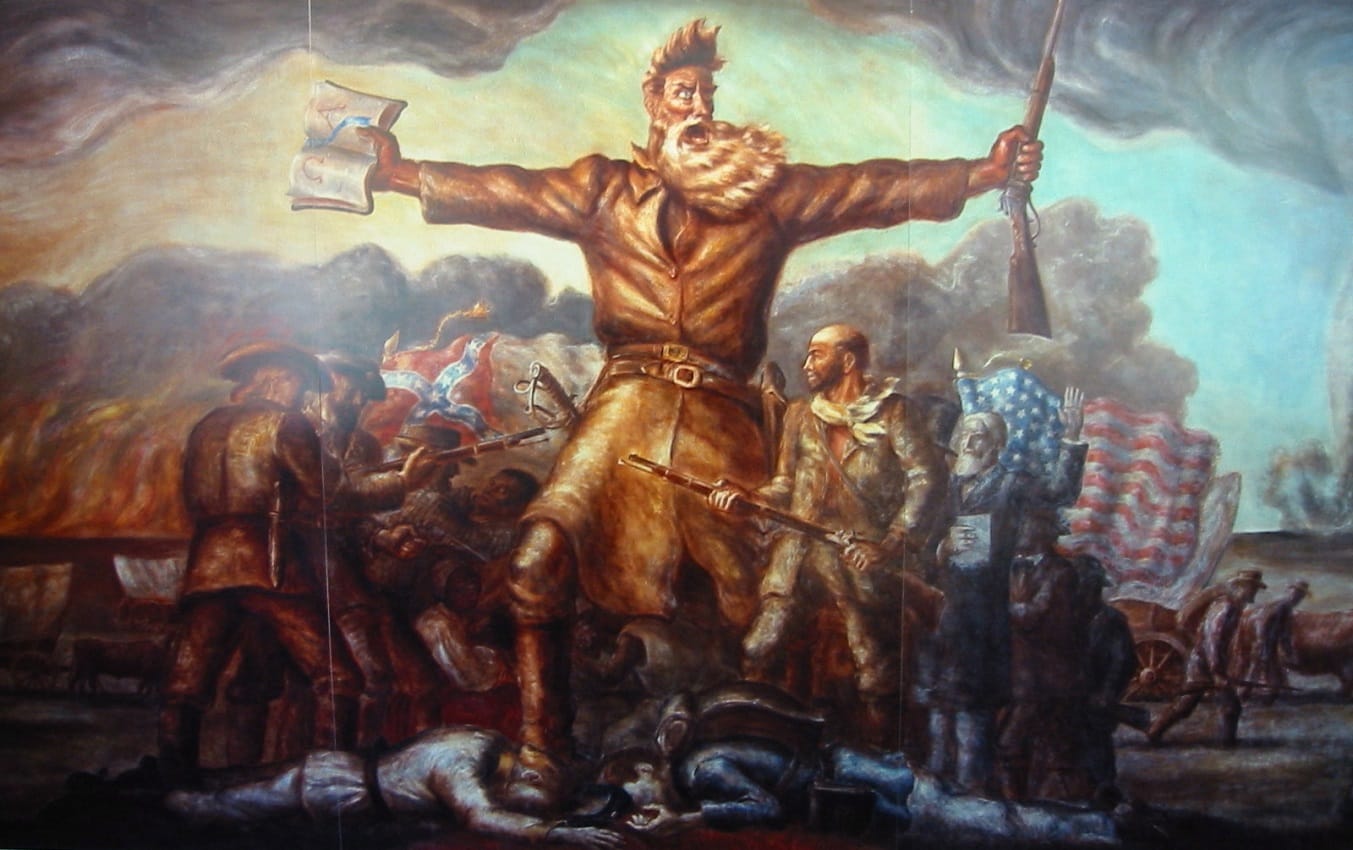
Essay on John Brown’s Raid on Harper’s Ferry
John Brown’s raid on Harpers Ferry was one of the well-known attempts made by white abolitionist John Brown to organize an armed slave revolt with the major goal – to establish freedom in the Appalachian state (McPherson, 2003, p.202). The abolitionist John Brown’s actions not only polarized the nation, but also he managed to remain one of the most controversial figures in the history of the United States. It is found that this event can be considered as a turning point in the fight against slavery in the United States, as well as a catalyst for the violent actions which could ignite the Civil War in the United States. The major goal was to seize the US Arsenal at Harpers Ferry in Virginia, “the site of a Federal Arsenal located at the junction of key transportation intersection a few miles from Washington D.C” in 1859 (Dickson, 2011, p.73). Although John Brown’s raid was defeated by the US Fleet, this event left mark in the history of America.
It is known that John Brown tried to do everything possible to prepare for that operation in a proper way. He rented the Kennedy Farmhouse, which was located about 4 miles to the north of Harpers Ferry in Washington County and used this residence in his purposes, under the name of Isaac Smith. The major mistake was the John Brown had not many men in his group. His people were poorly trained for such a serious military action. There were 16 white men, 3 free black men and 2 black slaves in his military group. Besides, there were about198 breech-loading, 52 caliber Sharps carbines and about 950 pikes sent by the Northern abolitionists (Dickson, 2011, p.63). According to the historical data, the arsenal contained more than 100,000 rifles and muskets. John Brown tried to attract as more black recruits as possible more for his military operation. It is known that he even tried to recruit Frederick Douglass, the leader of the abolitionist movement in order to encourage other slaves. However, Frederick Douglass declined his proposition because he believed the raid organized by John Brown was “a suicide operation” (Earle, 2008, p.29). One of the plans of John Brown was to attack the federal government. John Brown strategy was based on his plan to take the rifles of the arsenal and to arm all slaves in Virginia in order to strike terror to their owners. John Brown hoped that hundreds of slaves would escape and join his military groups. Then, he planned to move to the south and free more and more slaves. John Brown’s final goal was to destroy slavery on the whole territory of the United States.
However, the plans of John Brown were unreal. On the night, on October 16, 1859 John Brown’s military group which consisted of 18 men entered Harper’s Ferry, but nobody of the slaves joined his line. When he realized that the route to escape was cut off, John Brown decided to move into the engine house and to try to send back the attack. The detachment of the US Marines with the Colonel as the leader was sent to kill the raiders. The Colonel assessed the situation and ordered to prepare a direct assault on the engine house where John Brown and his followers were holding their hostages. The Colonel was Robert E. Lee, an experienced military leader. The battle was fierce and it was over in a short period of time. Most of John Brown’s raiders were killed; John Brown and his 8 men were wounded and captured. It is known that John Brown was tried and executed by the state of Virginia court. He was hanged on December 2, 1859 as well as his captured followers.
It is known that the abolitionist John Brown was the first white man who used violence to put an end to slavery in the United States. Of course, the actions of John Brown scared many slaveholders. After the raid, the militias of the Southern States began training in order to defense further raids against slavery. It is possible to conclude that John Brown’s Raid on Harper’s Ferry led to the further militarization of the South in its military preparation for the further Northern invasion. It is known that many people in the North called John Brown’s raid absolutely misguided, and even wild and insane. Most Northerners called John Brown “a martyr who was willing to sacrifice himself for the holy cause of freedom” (Dickson, 2011, p.96). However, John Brown’s Raid on Harper’s Ferry had enormous impact on the minds of the slaves in the United States and it was the first step to freedom.

